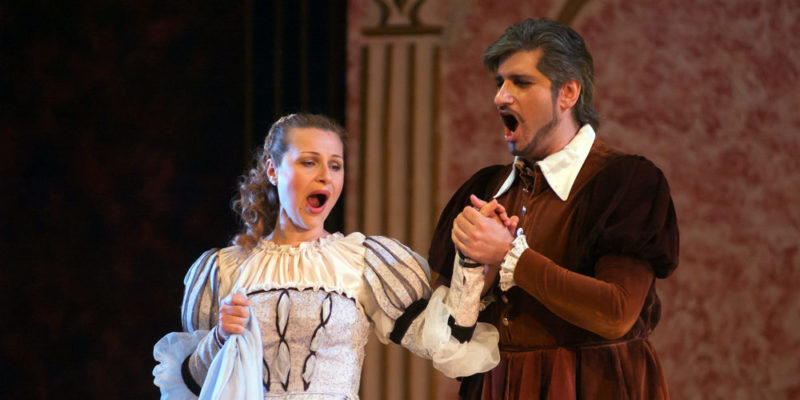We explain what literary genres are and what are the subgenres of each one. In addition, its main characteristics.
What are literary genres?
Literary genres are categories that allow classifying literary texts depending on their theme, content, length or tone.
In addition to ordering texts into groups, literary genres allow the reader and writer of a work to be given a frame of reference, since they maintain a structure that characterizes and defines them.
The classification into literary genres formally emerged around 335 BC. C . with Aristotle , who in his book The Poetics divided literature into four types of genres: epic, lyrical, dramatic and didactic.
Over time, genres and subgenres have mutated, ceased to exist, or new ones emerged . It is necessary to know how they were categorized from the beginning in order to then measure the diversity of options that have emerged up to the present time.
Types of genres and their characteristics
The main characteristics of the literary genres proposed by Aristotle were:
- The epic or narrative genre. It consisted of narratives that told a true or fictional story, especially related to heroic events of antiquity. The themes of nationalism , collective feelings and traditions predominated . At present this genre is recognized with the novel .
- The lyrical genre. It consisted of the description of emotions and feelings through poetry , which was structured in prose, and through the use of various stylistic resources, such as metaphor or comparison. The plot of the poems could be abstract because the purpose was not to tell a story itself, but to convey certain emotions regarding an event.
- The dramatic genre. It consisted of a dialogue between characters who took action on stage and performed a play or story in front of an audience. The goal was to entertain or move the audience.
- The didactic genre. It consisted of a description that was intended to explain or make known an idea to convince the reader. It did not prioritize stylistic devices or the type of narrative, but rather emphasized the writer's ability to convince the reader of his hypothesis. At present this genre is recognized with the essay .
Subtypes of literary genres

Aristotle proposed various subtypes of literary categories within each genre, in order to better understand each one and guide the viewer or reader on what the work they would see or read would be about.
The organization into subgenres also allowed writers to optimize their linguistic resources based on narrative structures to better develop the style that defined them.
Both genres and subgenres have evolved over time, and there is now a more extensive classification.
Epic subgenres
According to Aristotle, the main epic subgenres were:
- The tale . Short narrative that told the development and end of an event, with the intervention of a few characters.
- The novel . Longer narration than the story with a more complex plot that included descriptions and thoughts of the characters (which used to be numerous).
- The epic poem. Description that sought to convey emotions in a solemn and formal way, through stories with feats that exalted patriotism.
- The song of deed. Adventure stories with particular characters, which used to be more informal and fun for the reader compared to stories.
- The lyrical romance. Narratives that included varied and even antagonistic themes, such as war events, love affairs and misunderstandings, which sought to immerse the reader in an adventure novel.
Lyrical subgenres

According to Aristotle, the main lyrical subgenres were:
- The song. Related to love issues, feelings or emotions.
- The ode. Related to deeper and more solemn reflections on love and sacrifice.
- The elegy. Related to melancholic issues, misfortunes or regrets for the loss of a loved one.
- The satire. Related to funny themes that alluded to the time, through irony or mockery of one of the characters.
- The anthem. Related to patriotic or religious feelings that identified a population or group.
Dramatic subgenres
According to Aristotle, the main dramatic subgenres were:
- The comedy. It represented a conflict or plot, but with a lighthearted and fun approach. It was characterized by having a happy ending.
- The drama. It represented dramatic conflicts, such as disappointments, family problems, or abandonment, which included short comic intervals.
- The tragedy . It represented tragic conflicts, especially those related to royalty, the nobility or sectors of power in society that ended with a fatal outcome.
Didactic Subgenres

According to Aristotle, the main didactic subgenres were:
- The biography . Text that described the life of one person, but was written by another. When an individual wrote his own life story, it was called an autobiography.
- The essay . Text that was written in prose of a solemn and formal type and that synthesized a hypothesis or new topic to be known.
- The chronicle . Text that compiled various events that were narrated in chronological order.
- Oratory. Speech that was based on the ability and eloquence of the speaker to attract the attention of an audience and get them to accept his idea or hypothesis.
Passionate about understanding and contributing to a world that does not stop changing. New forms of Work, Sustainability and Technology. For many years he has worked as a creative for large international companies. He has a Ph.D. in information technology and he has been doing quantitative research in the interdisciplinary areas of information systems, cyber security, data analytics and artificial intelligence. He continue to look for creative solutions through technology to help companies to be more humane and sustainable..
Leave a reply
Your email address will not be published. Required fields are marked *Recent post

Sport: What Is It, Types, Risks, Features, Characteristics and Examples

Dogs: Emergence, Features, Characteristics, Feeding and Breeds

Story: Definition, Elements, Structure, Features and Characteristics

